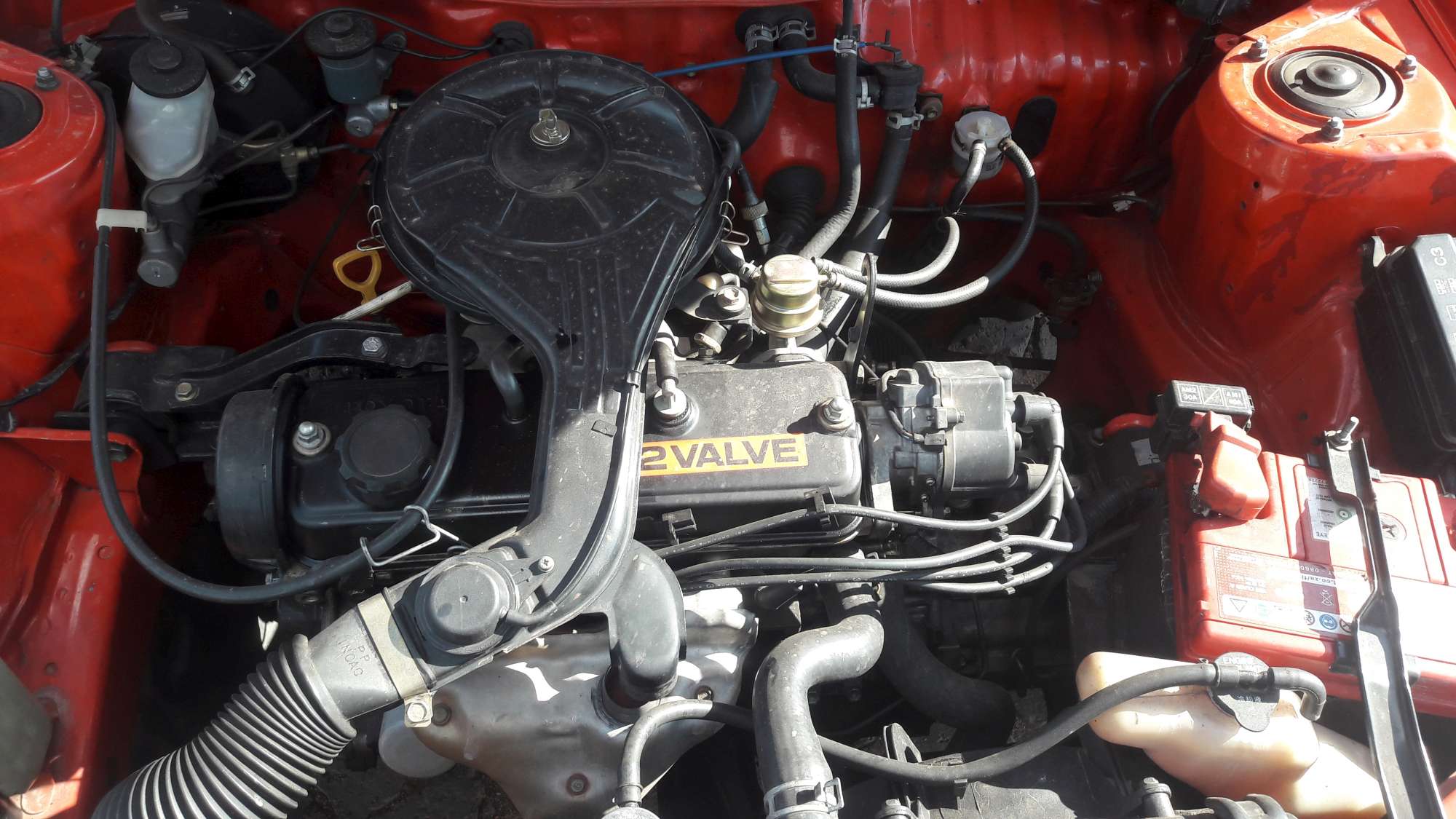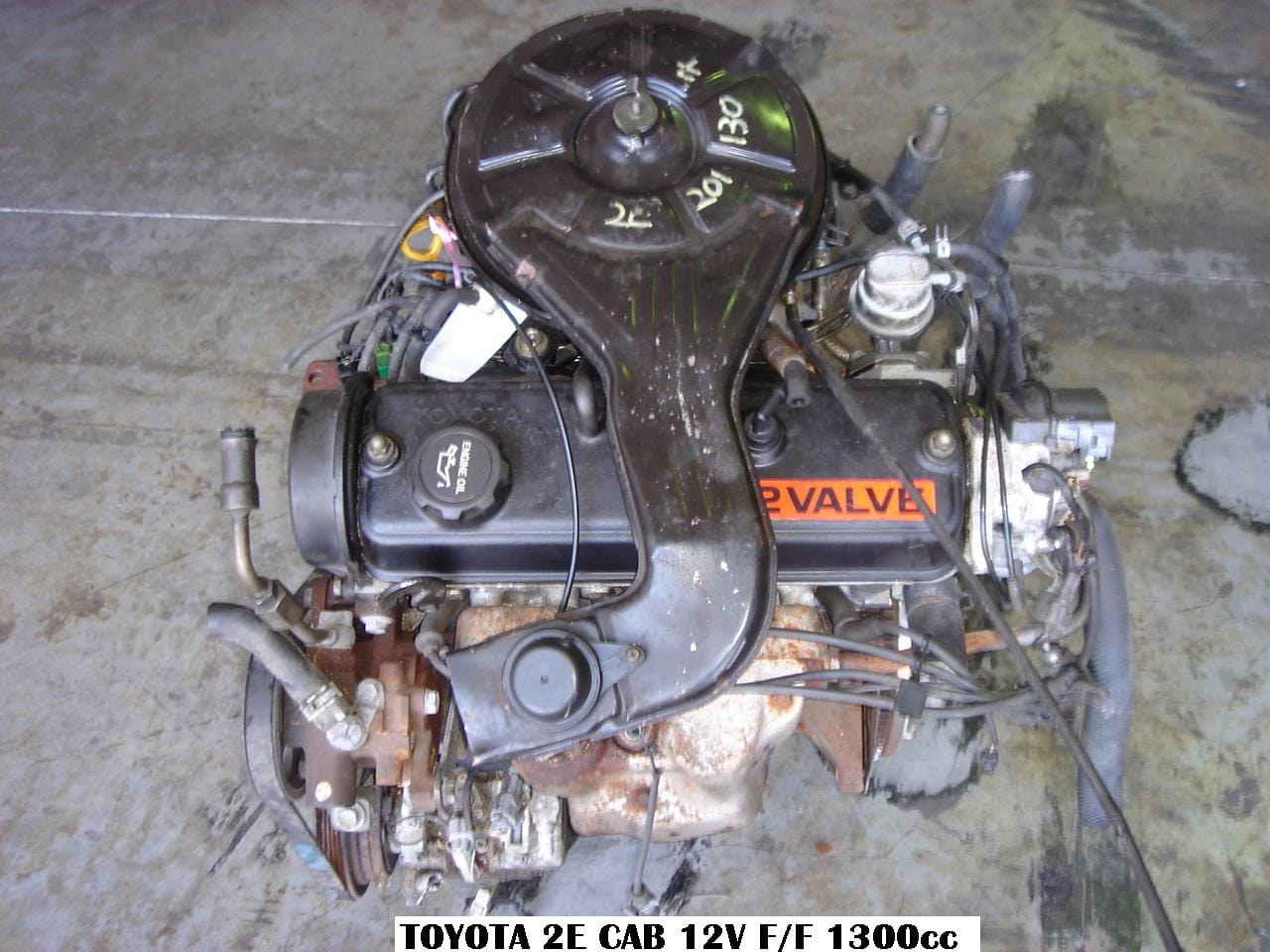Is the Toyota Tazz the Right Car for You? A Guide to Its Features and Value
Is the Toyota Tazz the Right Car for You? A Guide to Its Features and Value
Blog Article
Check Out the most up to date Fads in Engine Technology With Tazz
In the swiftly advancing landscape of automotive technology, Tazz stands at the leading edge, highlighting significant improvements in engine systems that focus on both innovation and sustainability. tazz. From hybrid engines that maximize gas performance to the introduction of hydrogen gas cells, the fads shaping modern-day powertrains are not just enhancing efficiency yet additionally attending to essential ecological obstacles. As the market proceeds to push boundaries, it is essential to take into consideration exactly how these advancements will influence future transportation options and the broader implications for worldwide energy usage. What lies in advance in this pivotal improvement?
Crossbreed Engine Innovations
Hybrid engine advancements represent a crucial change in automotive modern technology, incorporating the benefits of inner combustion engines with electric propulsion systems. This assimilation not only enhances gas performance however likewise decreases emissions, conference progressively rigid ecological laws. By utilizing both energy resources, hybrid engines can enhance performance, supplying power when required while conserving gas during less requiring motoring problems.
Recent innovations in crossbreed modern technology include renovations in battery performance and regenerative braking systems. These technologies permit better power recuperation during slowdown, which can be rerouted to help in velocity or power accessory systems. Moreover, producers are focusing on compact designs and lightweight materials to take full advantage of the performance of crossbreed powertrains.
The growth of plug-in crossbreeds has actually additionally increased the market, making it possible for motorists to charge their cars using basic electric outlets. This feature often enables considerable all-electric array, further decreasing reliance on standard gas. tazz. As the vehicle sector remains to progress, hybrid engine technologies are anticipated to play a critical duty in bridging the space in between traditional cars and fully electrical versions, giving a transitional option that caters to diverse customer needs and preferences
Breakthroughs in Electric Powertrains
The auto landscape is rapidly advancing, with electric powertrains becoming a leading force in lasting transportation. Advances in electric car (EV) modern technology are substantially enhancing customer, efficiency, and efficiency experience. Trick technologies consist of enhancements in battery chemistry, which have boosted energy thickness, decreased charging times, and prolonged overall battery life.
Solid-state batteries, for instance, promise to reinvent the market by offering higher safety and security and effectiveness compared to traditional lithium-ion cells. Additionally, improvements in regenerative braking systems are making it possible for vehicles to recover energy during slowdown, adding to overall effectiveness.
In enhancement to battery technology, electric motor designs are becoming much more advanced. Technologies such as incorporated electric motors and progressed thermal monitoring systems are assisting to optimize power distribution and minimize weight, eventually enhancing lorry dynamics.

Jointly, these breakthroughs highlight the dedication to change towards cleaner, extra reliable transport options, positioning electrical powertrains at the center of automotive innovation.
The Surge of Hydrogen Gas Cells
Increasingly, hydrogen gas cells are obtaining grip as a feasible option to typical internal burning engines and battery electric automobiles. This technology takes advantage of the chemical power stored in hydrogen, converting it into electrical energy via an electrochemical response with oxygen. The key byproduct of this process is water, making hydrogen fuel cells an eco-friendly option with zero emissions at the tailpipe.

Car manufacturers are increasingly purchasing hydrogen gas cell modern technology, identifying its potential for long-range applications and quick refueling abilities that match traditional fuels. Additionally, sectors such as sturdy transport and public transit are specifically appropriate for hydrogen fuel cells, where battery electric options may fall short as a result of weight and variety constraints.
As research and investment continue to increase, hydrogen fuel cells are positioned to play a substantial role in the future landscape of tidy transportation More Info and power remedies.
Enhancements in Internal Combustion Engines
Developments in interior burning engine (ICE) modern technology are changing traditional vehicles to satisfy modern environmental standards and efficiency expectations. One of the most significant enhancements includes the assimilation of innovative fuel shot systems. These systems optimize the air-fuel blend, improving combustion effectiveness and resulting in minimized discharges. Direct gas injection, for example, enables far better atomization of fuel, causing even more complete burning and boosted power result.
In addition, turbocharging has gotten prestige, enabling smaller engines to provide higher efficiency without the weight of larger engines - tazz. This technology not only improves efficiency but likewise adds to reduce gas consumption. Variable valve timing systems are additionally being refined, allowing engines to adjust to various driving problems for enhanced torque and responsiveness
Additionally, using light-weight products in engine construction is ending up being common, further improving gas performance by decreasing overall automobile weight. Engine control units (ECUs) are progressively advanced, enabling real-time modifications that enhance efficiency and exhausts.
These improvements collectively indicate a crucial shift in ICE innovation, straightening with global sustainability objectives while still supplying the efficiency motorists anticipate from their cars. As the sector evolves, these enhancements continue to form the future of standard vehicle engineering.
Future Fads in Engine Effectiveness
Substantial developments in engine efficiency are prepared for as producers focus on integrating sophisticated modern technologies to meet rigid ecological regulations and customer needs. The change towards electrification, hybrid systems, and alternate gas is reshaping the vehicle landscape, driving innovations that improve gas economy and decrease discharges.
One of the vital trends is the execution of advanced products and manufacturing techniques. High-strength alloys and lightweight this hyperlink compounds add to minimized automobile weight, therefore enhancing total efficiency. In addition, the adoption of turbocharging and variable shutoff timing technologies enables improved power outcome from smaller sized engines, better enhancing gas economic situation.

Verdict
In final thought, the expedition of engine technology exposes significant improvements that focus on sustainability and effectiveness. Technologies in hybrid engine systems, electric powertrains, and hydrogen gas cells demonstrate a commitment to lowering emissions while improving efficiency. Furthermore, enhancements in inner combustion engines and a focus on look what i found light-weight products add to general engine performance. As the auto industry remains to progress, these fads will certainly play an essential function in forming a cleaner and even more lasting future for transport.
From hybrid engines that enhance gas effectiveness to the appearance of hydrogen fuel cells, the patterns shaping modern-day powertrains are not just enhancing performance however also dealing with critical ecological challenges.Crossbreed engine developments represent a crucial shift in automobile innovation, incorporating the advantages of interior burning engines with electric propulsion systems.Furthermore, turbocharging has acquired prominence, allowing smaller sized engines to supply greater performance without the weight of larger engines. In addition, the fostering of turbocharging and variable valve timing technologies allows for boosted power outcome from smaller engines, further boosting gas economic climate.
Enhancements in internal burning engines and a focus on lightweight products contribute to overall engine performance.
Report this page